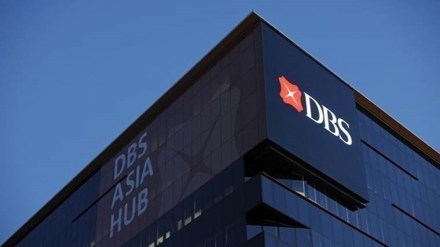DBS Bank India will launch proprietary credit cards in the next three months, said Prashant Joshi, managing director and head — consumer banking group.
“Our first priority right now is to significantly scale the Bajaj Finserv-DBS Bank co-branded credit card. We have already crossed 200,000 customers and would like to reach 500,000 sooner rather than later,” he said.
Also read: MSME credit gap a critical issue; has to be seen as opportunity by banks: RBI’s Rajeshwar Rao
“We are also getting our own proprietary credit cards and they will be in place in the next three months. We will also look at some other co-branding partners if there are interesting ideas,” Joshi said.
Currently, the bank has a co-branding partnership with Bajaj Finance for the Bajaj Finserv DBS Bank SuperCard.
The bank’s outstanding credit cards stood at 196,282 as on February 28, the latest data from the Reserve Bank of India showed. Credit card spends clocked Rs 174.5 crore.
Broadly, the bank has three consumer banking products – gold loans, unsecured personal loans and credit cards.
“After the amalgamation of Lakshmi Vilas Bank with DBS Bank India, we are present in close to 350 locations with more than 520 branches. It is logical that our emphasis on consumer and MSME lending is significant. Today, one-third of our balance sheet is consumer and MSME and the rest is exposure to large corporates. In the next five years, we need to inverse this proportion, which means that consumer and MSME segments will grow much faster and will constitute two-thirds of our balance sheet. So, it is a big area of focus for us,” he said.
The bank is also focussing on its digital platform. It recently launched ‘digiportfolio’, an investment solution that utilises technology and human expertise to create a set of options that match the risk preferences of different investors. The launch followed the government’s announcement that the indexation benefit available on debt mutual fund investments held for over three years would be removed from April 1.
“Effectively, around 10% of the overall AUM of the mutual fund industry is likely to get affected (by the removal of indexation benefit). If a person is an investor in debt mutual funds for over three years, it is possible that she could move to non-convertible debentures and tax-free bonds. There are enough avenues available where people are able to take credit risk and not just interest rate risk, and deploy money for over three years. It is possible that people could come up with debt alternative investment funds and debt portfolio management services like they exist in the equity space. Needless to say that some portion of these investors could come to fixed deposits,” he said.
Also read: What’s TAN, DIN, DSC, TIN and why they are critical for tax, business compliances; check details
“Notwithstanding the surge in fixed deposit rates in the last six-eight months, fixed deposits used to be a residual investment option for HNIs (high-net-worth individuals). This will bring it back to the main consideration set. In a way, it creates a level playing field…” Joshi said.
